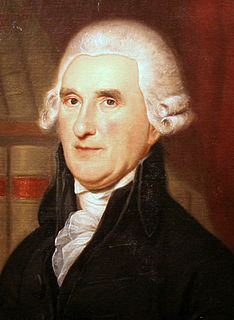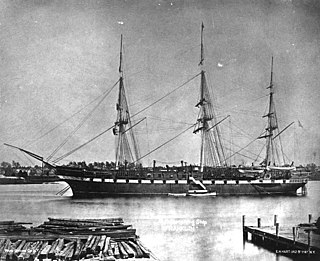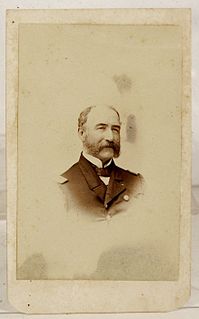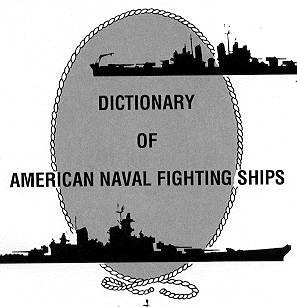This article needs additional citations for verification .(March 2019) (Learn how and when to remove this template message) |
William Wister McKean | |
|---|---|
| Born | September 19, 1800 Huntingdon County, Pennsylvania |
| Died | April 22, 1865 (aged 64) Binghamton, New York |
| Allegiance | |
| Service/ | |
| Years of service | 1814–1862 |
| Rank | |
| Battles/wars | War of 1812 American Civil War |
William Wister McKean (19 September 1800 – 22 April 1865) was an admiral in the United States Navy during the American Civil War. He was noted for his service in the Union blockade that effectively closed Confederate seaports in the Gulf of Mexico.
Admiral is one of the highest ranks in some navies, and in many navies is the highest rank. It is usually abbreviated to "Adm" or "ADM". The rank is generally thought to have originated in Sicily from a conflation of Arabic: أمير البحر, amīr al-baḥr, "commander of the sea", with Latin admirabilis ("admirable") or admiratus ("admired"), although alternative etymologies derive the word directly from Latin, or from the Turkish military and naval rank miralay. The French version – amiral without the additional d – tends to add evidence for the Arab origin.

The United States Navy (USN) is the naval warfare service branch of the United States Armed Forces and one of the seven uniformed services of the United States. It is the largest and most capable navy in the world and it has been estimated that in terms of tonnage of its active battle fleet alone, it is larger than the next 13 navies combined, which includes 11 U.S. allies or partner nations. with the highest combined battle fleet tonnage and the world's largest aircraft carrier fleet, with eleven in service, and two new carriers under construction. With 319,421 personnel on active duty and 99,616 in the Ready Reserve, the Navy is the third largest of the service branches. It has 282 deployable combat vessels and more than 3,700 operational aircraft as of March 2018, making it the second-largest air force in the world, after the United States Air Force.

The American Civil War was a civil war fought in the United States from 1861 to 1865, between the North and the South. The most studied and written about episode in U.S. history, the Civil War began primarily as a result of the long-standing controversy over the enslavement of black people. War broke out in April 1861 when secessionist forces attacked Fort Sumter in South Carolina shortly after Abraham Lincoln had been inaugurated as the President of the United States. The loyalists of the Union in the North proclaimed support for the Constitution. They faced secessionists of the Confederate States in the South, who advocated for states' rights to uphold slavery.













